5 Best Decagon AI Alternatives for Customer Support Automation


Decagon AI is among the platforms using AI agents to automate customer interactions. It helps teams manage queries, reduce manual effort, and maintain faster response times across channels.
However, Decagon functions as an independent system. For businesses already using help desks or CRMs, this often means running two separate setups or rebuilding existing workflows. That is not ideal for teams looking for continuity and simpler integration.
This article covers the 5 best Decagon AI alternatives for 2025. Each platform focuses on adaptability, data connectivity, and AI-driven automation that fits existing systems without forcing major changes.
Many organisations exploring AI-driven support tools have identified certain limitations in Decagon AI’s current setup. These challenges often lead teams to evaluate other platforms that offer smoother integration and stronger workflow control.
Decagon AI functions as an independent system. Businesses already using help desk or CRM tools must either migrate completely or maintain two separate systems. This separation disrupts workflow continuity and adds unnecessary operational friction.
To make Decagon effective, teams must import structured data, connect multiple backend systems, and set up detailed rules. It’s not a plug-and-play process — setup requires technical involvement and time, which can slow down implementation.
Decagon’s usage-based pricing can fluctuate depending on message volume and support activity. For companies that rely on fixed monthly budgets, this unpredictability makes financial planning difficult.
Several users mention that Decagon’s automation structure is rigid. Customising flows or adapting the AI to specific business cases can be restrictive. This reduces flexibility for teams with unique support or sales processes.
Decagon focuses primarily on its own ecosystem. Businesses looking to unify communication across multiple tools may face limitations. This includes those using Slack, WhatsApp, or email. They find limited options for direct integration.
To help you compare options, the table below summarises key differentiators. After that, we dig deeper into each tool’s strengths, trade-offs, and ideal use cases.
| Tool | Key Differentiator | Best For |
|---|---|---|
| YourGPT | No-code AI-first platform with real-time action capabilities | Businesses wanting flexible, scalable AI automation |
| Intercom (Fin) | Native AI agent within the Intercom ecosystem | Companies already invested in Intercom’s platform |
| Kore.ai | Enterprise platform with strong voice and orchestration | Large organizations with complex, multi-channel needs |
| Yellow.ai | Conversational AI platform combining chat, voice, and automation | Businesses seeking unified omnichannel customer experiences |
| Ada | AI-powered automation platform for personalized customer support | Enterprises focused on scaling support with automation |
These platforms move beyond basic bots by connecting data, processes, and customer interactions in one place. They allow teams to modernise your customer support.

YourGPT is an AI-first, no-code platform for building and deploying conversational AI agents. It enables businesses to deliver fast and personalised interactions across customer support and sales. Automation is accomplished via websites, WhatsApp, Slack, Messenger, Instagram, LINE, email, and voice. Its advanced AI capabilities and extensive customisation options make it flexible for diverse business requirements.
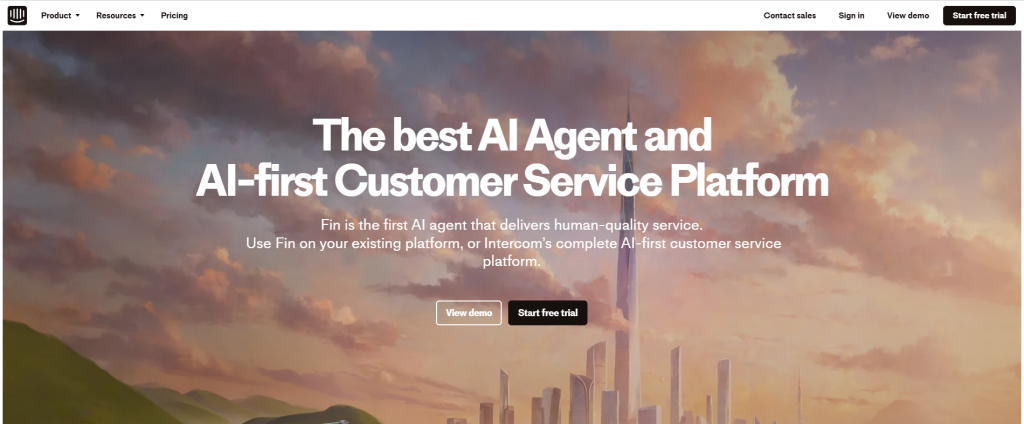
Fin is Intercom’s native AI agent, built to work seamlessly inside its customer service platform. It learns directly from your Intercom knowledge base and past conversations to deliver instant, on-brand answers to customer questions.
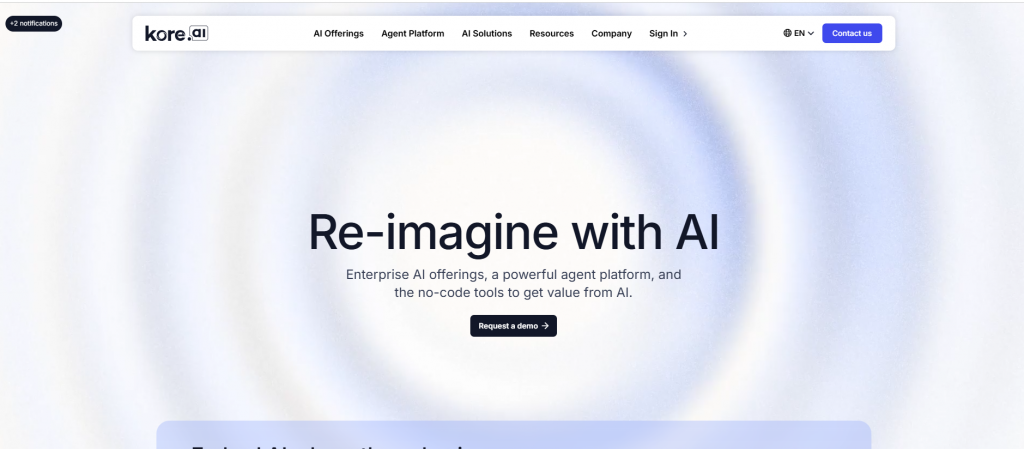
Kore.ai is an enterprise conversational AI platform. It enables organizations to build advanced virtual assistants for over 35 different channels. These include voice. It delivers robust security controls and a library of ready-made templates for common use cases like IT and HR support.

Yellow AI is an enterprise-grade conversational AI platform offering intelligent automation across chat and voice channels. It uses advanced Natural Language Understanding (NLU) and orchestration capabilities to handle complex customer journeys across multiple touchpoints.

Ada is an AI-first automation platform focused on scaling customer service for high-volume enterprises. It empowers teams to create no-code chatbots that deliver personalized, automated support experiences while seamlessly integrating with existing business systems.
The best Decagon alternatives are those that connect smoothly with your systems, support flexible automation, and contribute directly to business efficiency. Use these five evaluation points to make an informed choice.
An effective alternative should work well with the tools you already use. It must connect with your help desk, CRM, and other business systems to ensure a continuous flow of information. The strongest platforms enhance current workflows instead of replacing them. When comparing Decagon alternatives, look for solutions that integrate easily and maintain process consistency.
A practical AI platform should allow teams to manage workflows and automation without relying on developers. Choose one with a clear, no-code interface so your support and sales teams can make updates independently. This improves response time and helps your organisation adjust quickly to customer needs.
A predictable pricing model is important for long-term planning. Decagon’s usage-based pricing can make forecasting difficult when message volume changes. The best alternatives provide simple and transparent plans that scale with your needs, allowing accurate budget control without hidden costs.
Customers expect to connect on their preferred channels, whether through WhatsApp, Instagram, Messenger, or email. The right platform should combine all these interactions into one dashboard. This unified communication view improves team efficiency and ensures a consistent experience for every customer.
A capable Decagon alternative should not only respond to questions but also perform useful actions. It should be able to tag tickets, process refunds, update records, and trigger workflows automatically. These functions reduce manual effort and help your team focus on complex issues that require human judgment.
Cost alone should not determine your decision. A lower subscription may appear beneficial at first but can lead to higher operational costs through manual work, weak integrations, or limited automation. The right approach is to measure value rather than price.
When reviewing Decagon AI alternatives, focus on how each option reduces repetitive work, connects your customer channels, and supports growth without increasing headcount. A platform that delivers measurable results in these areas will bring stronger returns over time.
Many teams move away from Decagon because setup can be complicated, and pricing is unpredictable. Its standalone design often doesn’t connect well with existing tools, creating extra work for support teams. Businesses prefer platforms that are easier to manage and integrate smoothly with what they already use.
YourGPT is a no-code, AI-first platform that automates customer support, sales, and internal operations. Its Agentic AI performs real actions like booking calls or sending updates. With support for WhatsApp, voice, and multilingual chat, it’s ideal for growing and global businesses.
Each platform fits a different business need:
– Intercom (Fin) is best for teams already using Intercom.
– Kore.ai is ideal for enterprises needing advanced automation and voice AI.
– Yellow.ai helps deliver smooth, omnichannel conversations.
– Ada focuses on quick self-service automation and personalized support.
Yes. Platforms like YourGPT, Intercom, and Kore.ai integrate easily with tools such as Zendesk, Freshdesk, and HubSpot, allowing you to add AI automation without changing your current systems.
YourGPT (Enterprise Plan) and Kore.ai are excellent for enterprise use. Both offer advanced compliance features, analytics, and automation that scale across departments while keeping data secure.
Yes. YourGPT offers flexible pricing plans that suit different team sizes. Yellow.ai and Ada also provide simple and scalable plans that work well for startups wanting quick automation without heavy costs.
YourGPT can be up and running in just a few days using its no-code builder. Intercom (Fin) is nearly instant if you’re already using Intercom. Kore.ai, Yellow.ai, and Ada may take longer depending on integration needs.
Yes. Tools like YourGPT and Yellow.ai support workflows across departments like sales, HR, and IT. They help teams reduce repetitive work and improve overall efficiency.
YourGPT and Kore.ai offer advanced voice and IVR capabilities. They handle voice interactions, automate routing, and deliver natural conversation flows for better customer experience.
It depends on your goals:
– For real-time AI that acts and learns — pick YourGPT.
– For teams already on Intercom — use Fin.
– For voice AI and large-scale automation — go with Kore.ai.
– For omnichannel experiences — choose Yellow.ai.
– For quick self-service — Ada is a great fit.
Match your choice with your needs, tech stack, and budget.
Choosing a Decagon choice requires a clear-eyed assessment of your business’s operational goals. Many platforms tackle isolated needs. Nonetheless, the aim is not just to replace a tool. The goal is to adopt a system that enhances your existing infrastructure and reduces complexity.
For businesses that focus on scalable efficiency without requiring platform migration or developer dependency, YourGPT presents a definitive advantage. It is an AI-first, no-code platform. It works alongside your current tools. It centralizes customer and internal conversations across critical channels like WhatsApp, Slack, Instagram, and Messenger. This structure lets you automate support workflows, manage sales funnels, and handle internal operations from a single, intelligent dashboard.
Intercom offers the smoothest path for teams already invested in the Intercom ecosystem. It provides instant AI capabilities with minimal disruption. Kore.ai delivers enterprise-grade orchestration for organizations with complex, multi-channel requirements. Yellow excels for global enterprises needing sophisticated NLU and multilingual capabilities across diverse channels. Ada provides powerful no-code automation for high-volume support teams prioritizing ticket deflection and self-service.
Ultimately, if you need a Decagon choice that provides a unified system for growth, YourGPT is the most logical choice. It does not force you to abandon your existing tools. It is engineered to scale from small teams to enterprise-level demands. It delivers a measurable reduction in manual tasks.
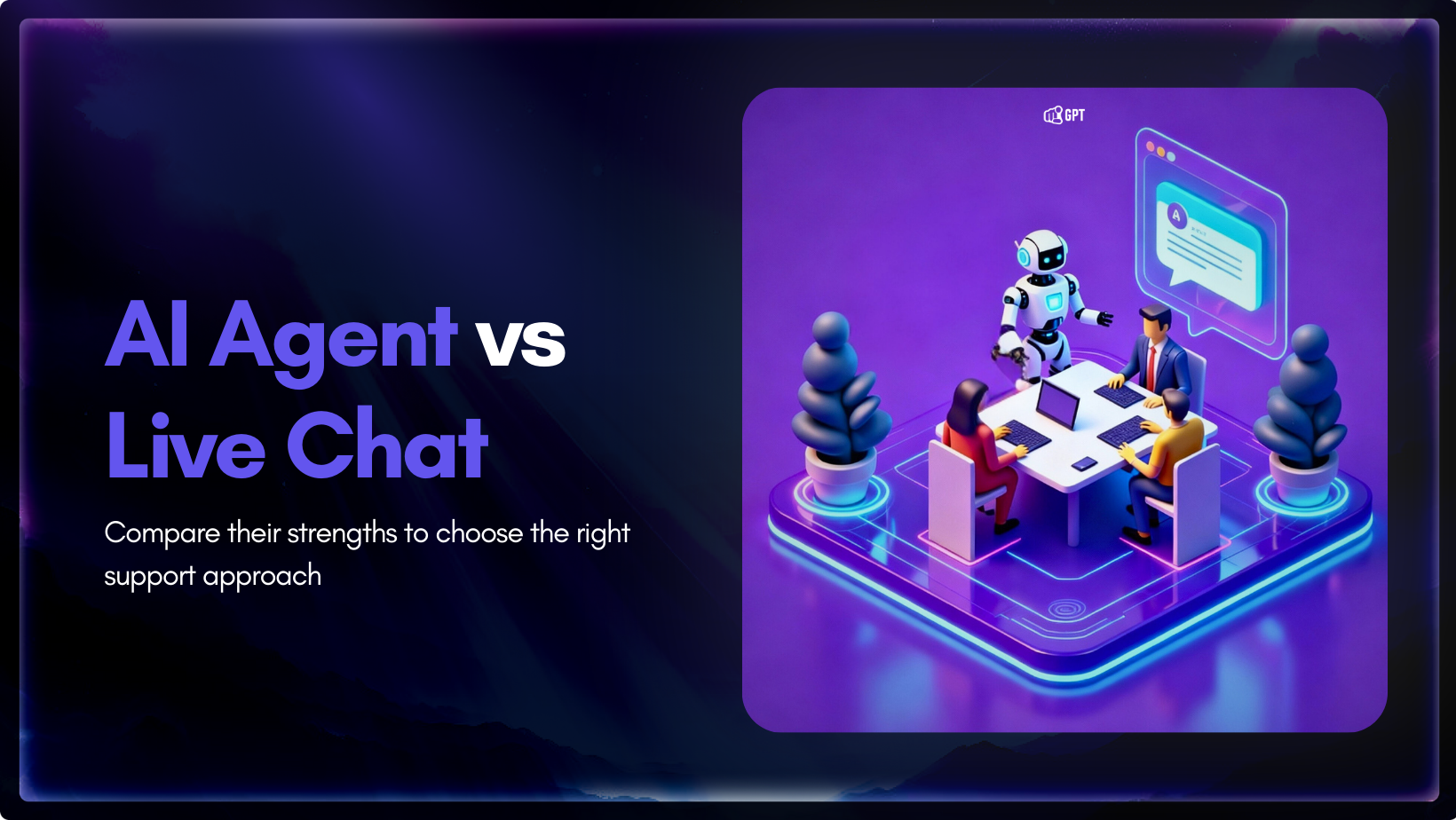
AI agent and live chat each play a different role in customer support, and the choice between them influences how a team handles growth. Companies are moving toward faster support models, and one clear trend is the use of AI to reduce operating costs by up to 30%. The difference shows up when ticket volume […]


LiveChat is a customer messaging platform that has helped many teams handle customer questions through basic chat widgets, but the way businesses support customers has changed. People now expect quick answers across more channels, and support teams want tools that cut down on repetitive work instead of adding to it. As a result, many companies […]

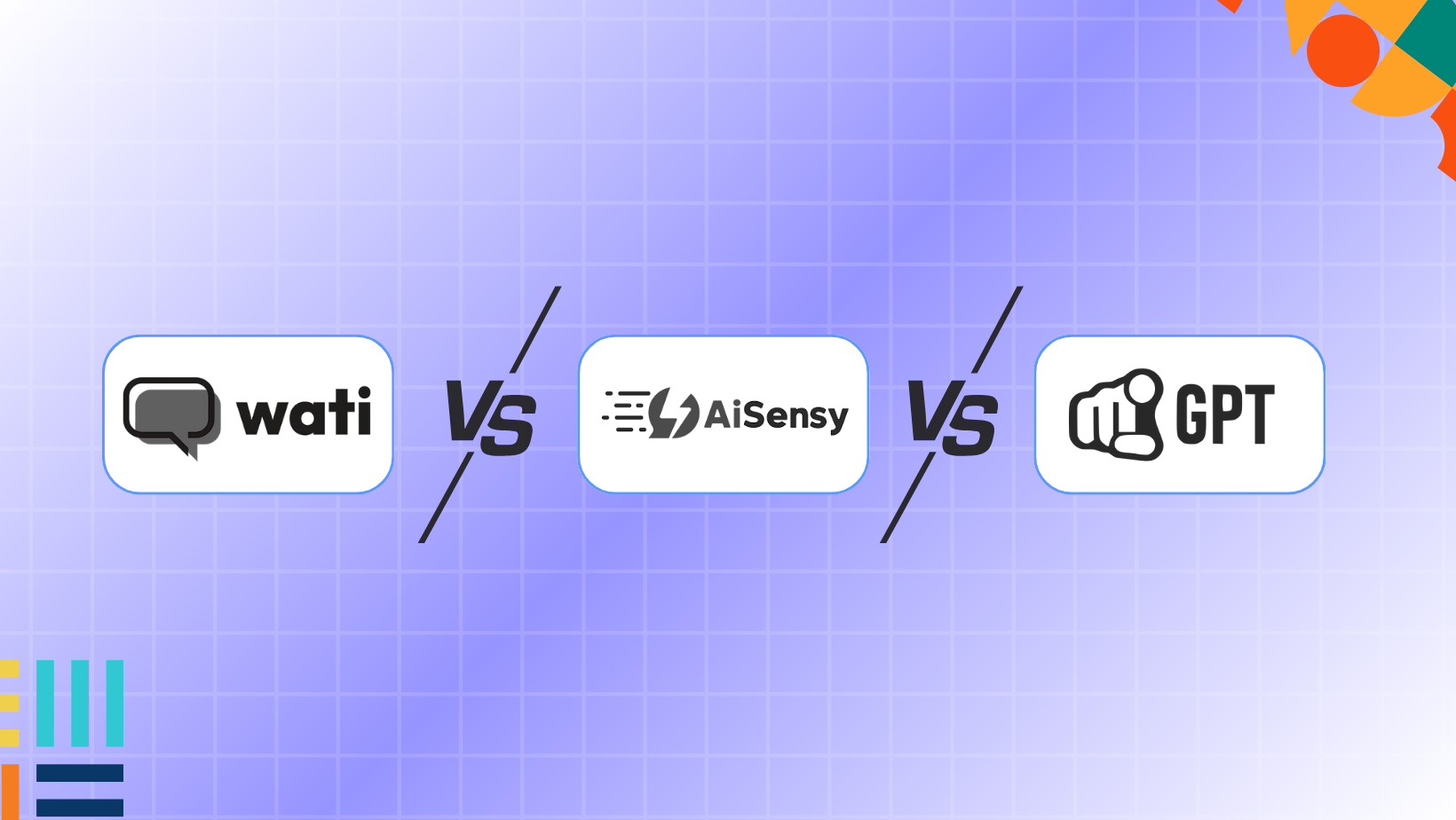
TL;DR Wati manages WhatsApp teams and shared inbox. AiSensy runs broadcast campaigns and drip sequences. YourGPT trains on your business data and executes real-time actions across multiple channels. WhatsApp and Instagram DMs now handle the majority of customer conversations for growing brands in 2025. What starts as 20-30 messages per day quickly scales to hundreds […]

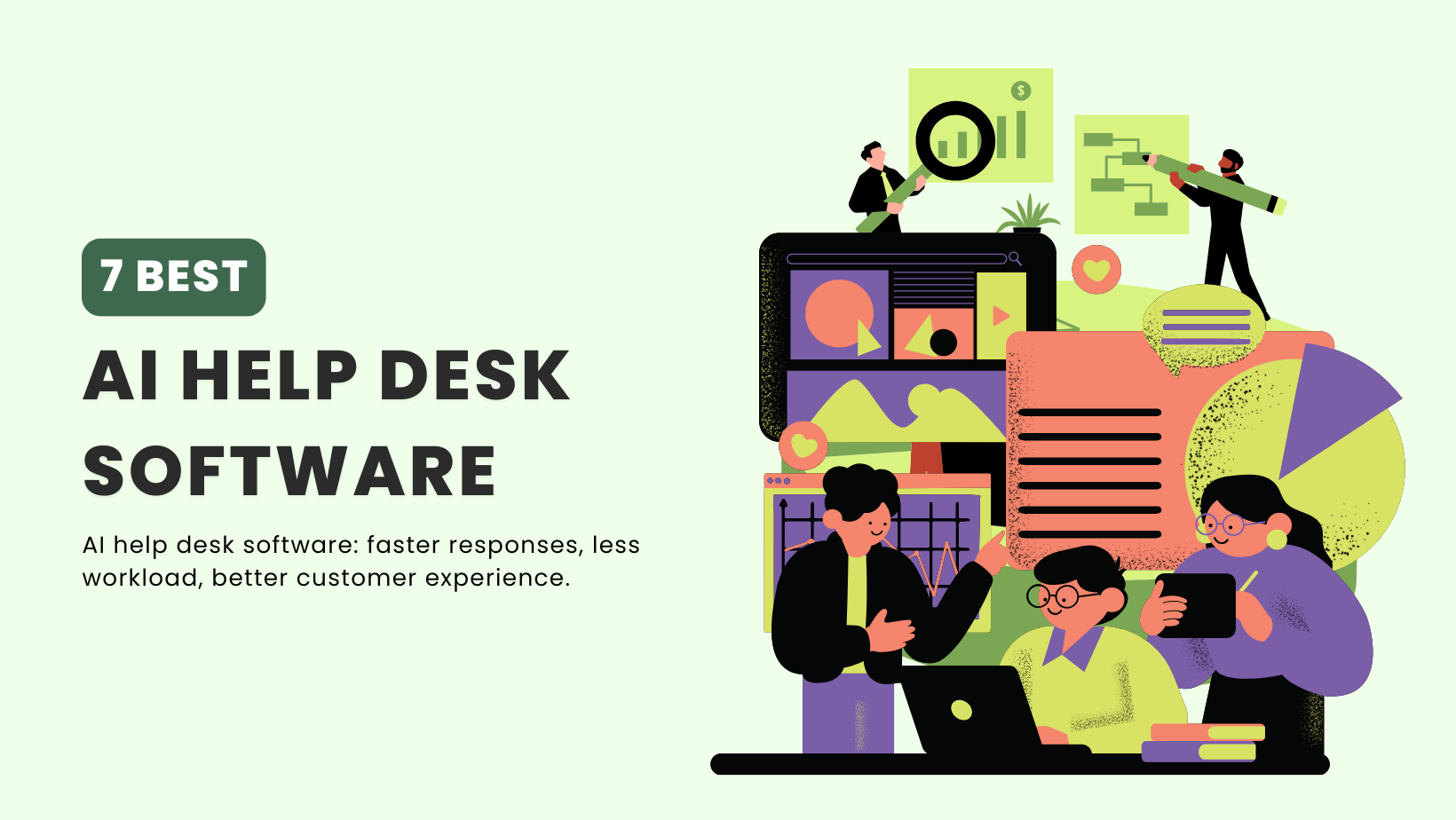
TL;DR AI help desk software reduces repetitive tickets by turning your knowledge base into instant answers. The market is growing fast as teams shift from adding agents to improving self-service and automation. This guide reviews seven platforms based on real performance so you can choose a tool that improves response quality and team efficiency. AI […]


Forethought is an AI-powered support automation platform designed to build intelligent agents for ticket deflection and intent-based workflows, primarily targeting mid-market and enterprise support teams managing high volumes of tickets. This blog reviews ten Forethought options in 2025 that offer clearer pricing, faster deployment, and better customization. The selection ranges from no-code builders for small […]


YourGPT and Botpress are both AI agent platforms, but they take different approaches to automation and customer engagement. Businesses don’t need another chatbot. They need AI agents that connect to their existing systems, handle real tasks, and work across multiple channels without breaking down when customers ask something unexpected. This guide compares how YourGPT and […]
